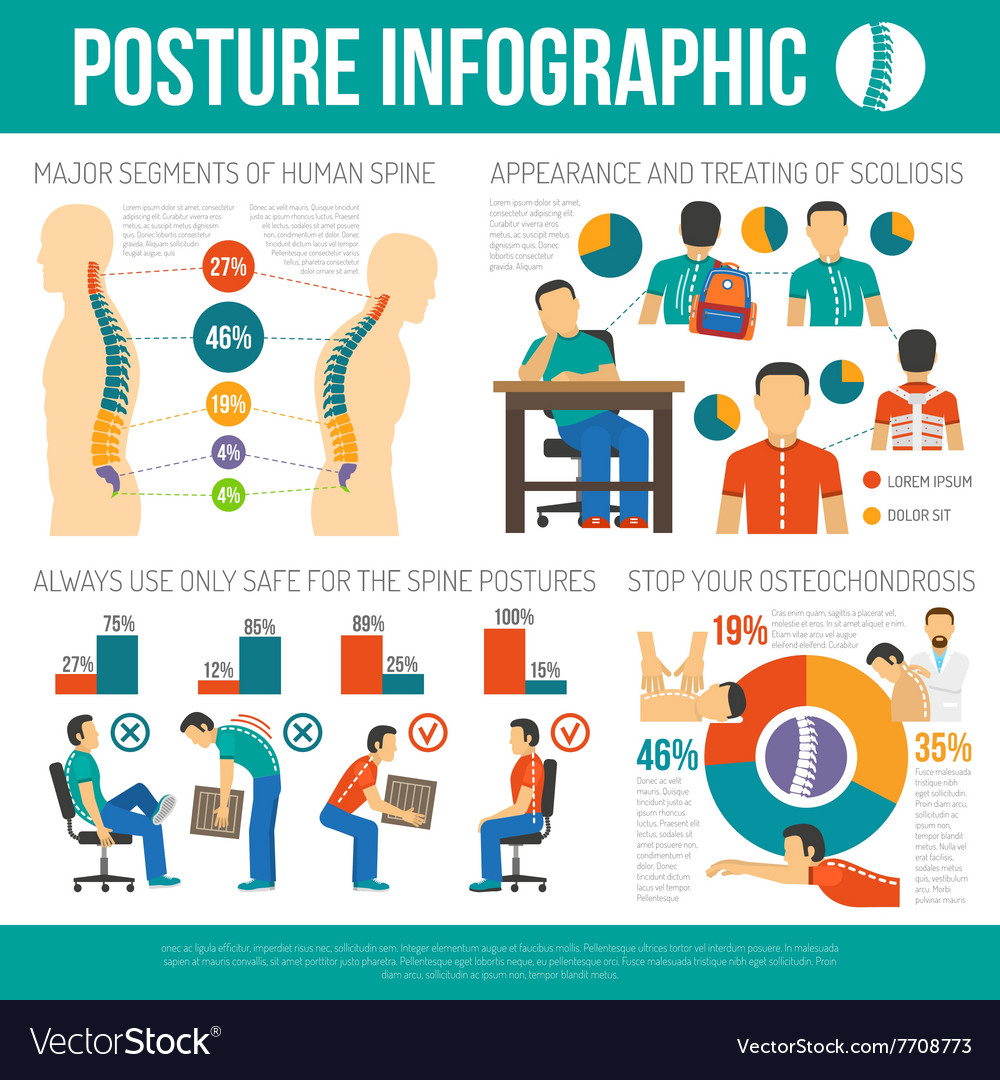Neck And Back Pain As An Indication Of Health And Wellness: Common Disorders And Their Signs Explained
Neck And Back Pain As An Indication Of Health And Wellness: Common Disorders And Their Signs Explained
Blog Article
Personnel Author-Keller Eason
If you're experiencing neck and back pain, your body might be attempting to tell you something more than simply pain. The way your back feels can give valuable clues regarding your total wellness. Understanding the particular type of discomfort you're really feeling and any type of going along with signs and symptoms is key to unraveling the secret behind your discomfort. Let's explore the common conditions and symptoms related to various kinds of back pain to clarify what your body may be signaling.
Types of Neck And Back Pain
When it concerns pain in the back, there are different kinds that you might experience. One usual type is muscle mass pain, frequently caused by overuse, stress, or injury to the muscles and ligaments supporting the back. integrative health austin of pain can range from light pain to serious and devastating pain.
Another type is nerve pain, which can arise from conditions like herniated discs or sciatica. Nerve discomfort commonly offers as a sharp, shooting experience that radiates down the leg.
Joint pain in the back can stem from issues like arthritis or sacroiliac joint dysfunction. This type of discomfort is usually felt in the lower back and can be exacerbated by specific activities.
In addition, back pain can be related to structural issues such as back constriction or vertebral fractures. Recognizing the kind of back pain you're experiencing is crucial in establishing the suitable therapy and monitoring approaches.
Common Symptoms to Look For
Relocating past the different types of pain in the back, it is essential to acknowledge the common symptoms that can signal underlying issues.
Relentless pain in the back that worsens with movement or in the evening could show a much more major trouble. Numbness or tingling in the legs or feet, particularly when accompanied by weakness, might indicate a nerve-related concern. If you experience abrupt weight management in addition to back pain, maybe a sign of an extra systemic condition.
Take notice of any type of modifications in bladder or digestive tract feature, as this could be connected to spinal cord compression. Fever, cools, or evening sweats along with pain in the back might signify an infection. Watch out for pain that emits down one or both legs, possibly a measure of sciatica.
Wellness Conditions Linked to Back Pain
If you struggle with back pain, it's essential to recognize the prospective health and wellness problems linked to this discomfort. Neck and back pain can be a symptom of different underlying issues, including muscle mass stress, herniated discs, osteo arthritis, spinal constriction, and also conditions like kidney rocks or infections.
Muscle strains prevail and often arise from lifting heavy objects or unexpected motions.
Herniated discs occur when the soft cells in between vertebrae protrudes, causing nerve inflammation.
Osteoarthritis, a degenerative joint condition, can cause pain in the back as cartilage wears down.
https://mariolgavo.bloggip.com/30711983/analyze-the-various-cushion-alternatives-for-neck-discomfort-relief-educated-by-expert-expertise-and-advice-determine-methods-to-boost-your-rest-experience , the constricting of the spine canal, can put pressure on nerves.
Kidney stones may trigger extreme back pain if they move right into the urinary tract.
Infections like spinal osteomyelitis can additionally materialize as pain in the back. Recognizing these possible wellness conditions can assist you seek proper healthcare and monitoring for your back pain.
Verdict
So, following time your back injures, focus on the sort of pain and accompanying signs. https://shouldyougotoachiropracto95948.blogchaat.com/30713121/taking-a-look-at-the-organization-in-between-chiropractic-practices-and-performance-in-sports could be a signal from your body about underlying health problems like muscular tissue stress, nerve concerns, joint problems, and even structural issues. By identifying these indicators, you can take proactive actions to resolve the source of your pain in the back and improve your overall health and wellness and well-being.
